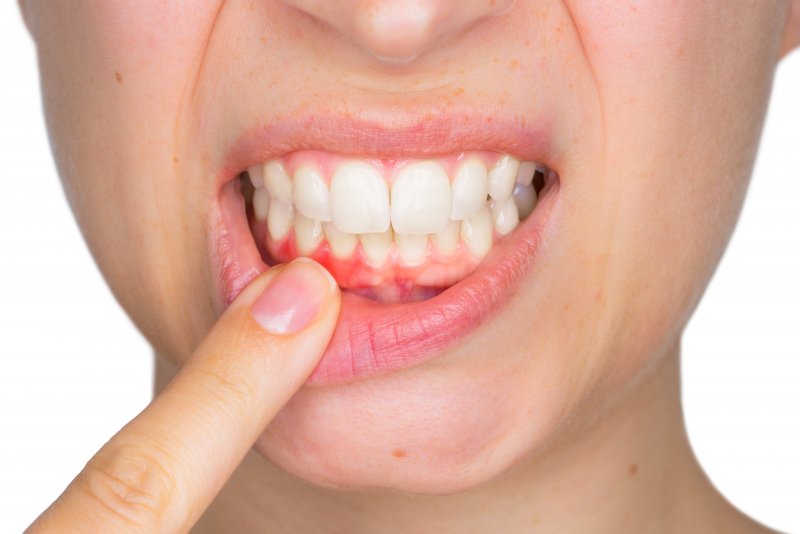
Are your gums redder than usual? Do they feel sensitive to touch or when consuming hot or cold foods? Is there blood in your sink after brushing or flossing? If so, there’s a chance that you have developed severe gum disease that requires professional treatment, such as gum grafting. If you have never received gum disease therapy before, you may be wondering if the process will be uncomfortable. Thankfully, an oral surgeon can answer your most common questions and ease your concerns!
Gum Grafting is Relatively Painless
Thanks to local anesthetics, which effectively numb specific parts of the mouth that are receiving surgery, the gum grafting process won’t really feel like anything. This is very common for all types of oral surgeries, including dental implant placement, bone grafting, and other treatments that require a more comprehensive approach to resolve specific dental problems. In the case of gum grafting, portions of gum tissue have become so damaged by bacteria that they need to be removed and replaced with healthy tissue. This tissue could come from other areas of the mouth (such as the roof a.k.a. the palate), or from a donor.
While the treatment itself does not cause any discomfort, the healing process afterwards can be uncomfortable for some. Surgeons will do everything possible to make this step as pain-free as possible.
How to Ease Your Comfort During Aftercare
In the first few hours following your surgery, the anesthetic will have worn off. If you had tissue removed from the palate, this is when you may start to notice some mild discomfort. It’s normal to notice some swelling for the first few days after your surgery and the doctor you received treatment from will likely recommend over-the-counter pain medication, such as ibuprofen. If they believe you are at risk of developing an infection, they will also provide a prescription for antibiotics.
In the meantime, you can make your healing more comfortable by:
- Applying gauze to the side of the treatment site (rather than directly on it) to reduce and eliminate bleeding
- Pausing strenuous activities for at least 3 to 7 days (such as exercise)
- Avoiding pulling on your lip to examine the wound
- Avoiding brushing or using mouthwash for the first 24 hours after surgery
- Staying away from hot foods or beverages for the next few days
- Sticking to a soft diet for the first week after treatment, then slowly reintroducing tougher foods when you are feeling comfortable
- Not brushing near the surgical site for at least a few weeks
Gum grafting may be necessary to treat your gum disease, but it doesn’t have to be a painful experience when you know the right aftercare steps. If you’re experiencing severe symptoms, don’t wait to get in touch with an oral surgeon today for an examination!
About Texas Dental Surgery
The doctors at Texas Dental Surgery hold decades of combined clinical experience in their fields and have helped countless patients address a wide variety of dental problems, including severe gum disease. They work hard to be as conservative as possible to ensure the most comfortable healing process following gum grafting and will gladly break down the best aftercare steps. To schedule an appointment, you can contact them through their website.

